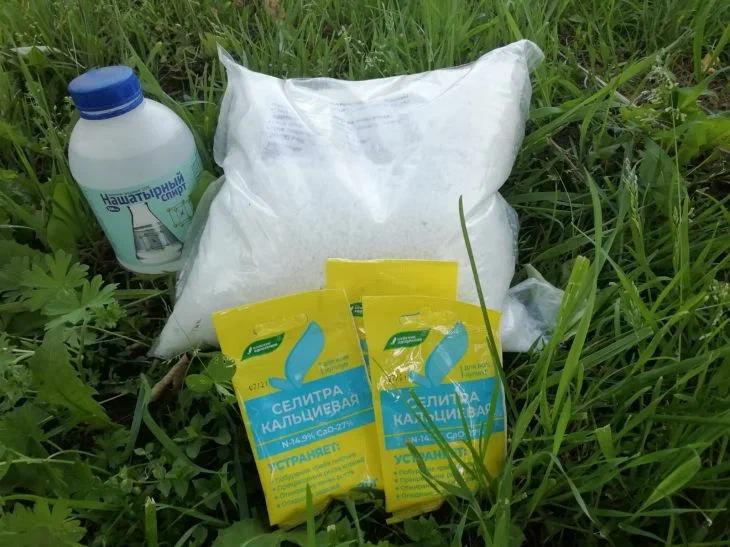Spring is the time for active use of fertilizers. Regardless of whether mineral or organic additives are used, you need to have an idea of how to choose and use them.
It turns out that not only the type of soil in the garden matters, but also the location on the plot.
Organic fertilizers do not harm the soil, mineral fertilizers are easier to apply and easier to calculate the dosage. But this is not the main criterion for making a decision.
Nuances of fertilization
1. Experience and practice suggest that where potatoes will grow, it is worth adding additives that contain nitrogen, phosphorus and potassium, as well as magnesium and sulfur. The standard scheme - manure and ash cannot provide this crop with everything it needs.
2. If we talk about plants that are planted in greenhouses, and these are mainly tomatoes and cucumbers, peppers and eggplants, then here you need soil saturated with organic matter. Here additional nutrition is already required.

Therefore, in the spring, when digging the soil, organomineral biofertilizers are added. This can be biohumus or other additives that contain key elements such as nitrogen, potassium and calcium, phosphorus, iron and magnesium, zinc, boron.
3. If we talk about berry bushes, then after the snow melts, nitrogen fertilizers are mainly applied - ammonium sulfate or ammonium nitrate. But not all gardeners praise universal additives and advise applying fertilizers taking into account the needs of each crop.








